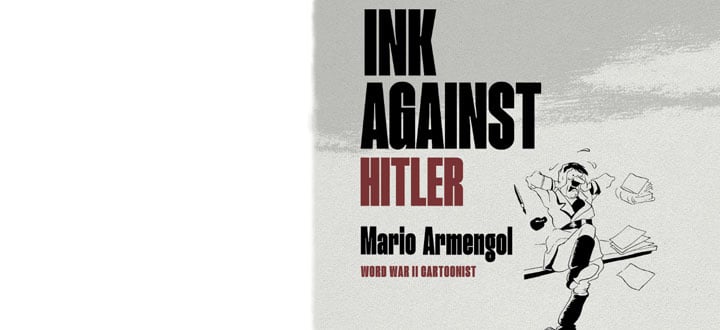To know more about the Romanesque art
To know more about the Romanesque art
A triumph of colour. The interiors of Romanesque churches were a major chromatic richness. The decoration is based above all on mural painting and on panels, in which Catalonia is one of the wealthiest territories. The presentation of this heritage in the rooms of the museum starts with the paintings of Sant Joan de Boí, one of the first collections of Catalan Romanesque painting.
This is followed by a series that receive the influence of the Romanesque paintings from the north of Italy, such as Sant Quirze de Pedret and Sant Pere d’Àger, at the end of the 11th century. An influence that reaches its full plenitude with the paintings of the apse of Sant Climent de Taüll, an unarguable masterpiece from the 12th century. Alongside this is, Santa Maria de Taüll, the most important example from the interior of totally painted Catalan Romanesque church which has arrived to the present day.
Take note of the schemes with intense strips of colour in which the paintings are divided. The symmetry of the monumental figures, full of nobility and statism. The strong lines of the clothes and the tendency in the decoration. Attributes that can also be observed in the paintings of San Pedro de Arlanza and those of the Chapterhouse of Santa Maria in Sigena, one of the most important pictorial combinations in Europe, at the turn of the thirteenth century.
The panel painting is capable of conserving the force of the mural painting. The best examples are the altar-pieces, such as that of the Apostles or those of the Seu d’Urgell, Esterri de Cardós, Avià or Cardet. The panel painting offers a broad and complete vision of the Romanesque, with various types of works such as the Mother of God by Ger, the Majestat Batlló or the woodcarvings of the Descent from the cross by Erill la Vall.
Regarding the sculptures in wood, it is worth highlighting some pieces from Ripoll and an extensive group of the series from the city of Barcelona, such as the marble capitols in the old hospital of Sant Nicolau. The collection is completed with an important selection of enamels, most of them produced in Limoges, such as Ciborium from La Cerdanya or the Mondoñedo Crosier.
Discovered at the beginning of the 20th century in the original churches, the mural paintings were hidden behind altarpieces or under other coats of paint. The activity of recuperation of heritage meant that the Generalitat would take on the tasks of taking them down off the wall, passing them on to fabric and transporting them. The museum’s incorporation of Plandiura Collection (in Spanish), in 1932, and the Espona Legacy, in 1958, considerably enriched the collection of Romanesque art.













